Affordable, rangey, but not very special – Leapmotor’s latest EVs prove that cheap Chinese cars still have some way to go
Great value doesn’t necessarily mean a great car
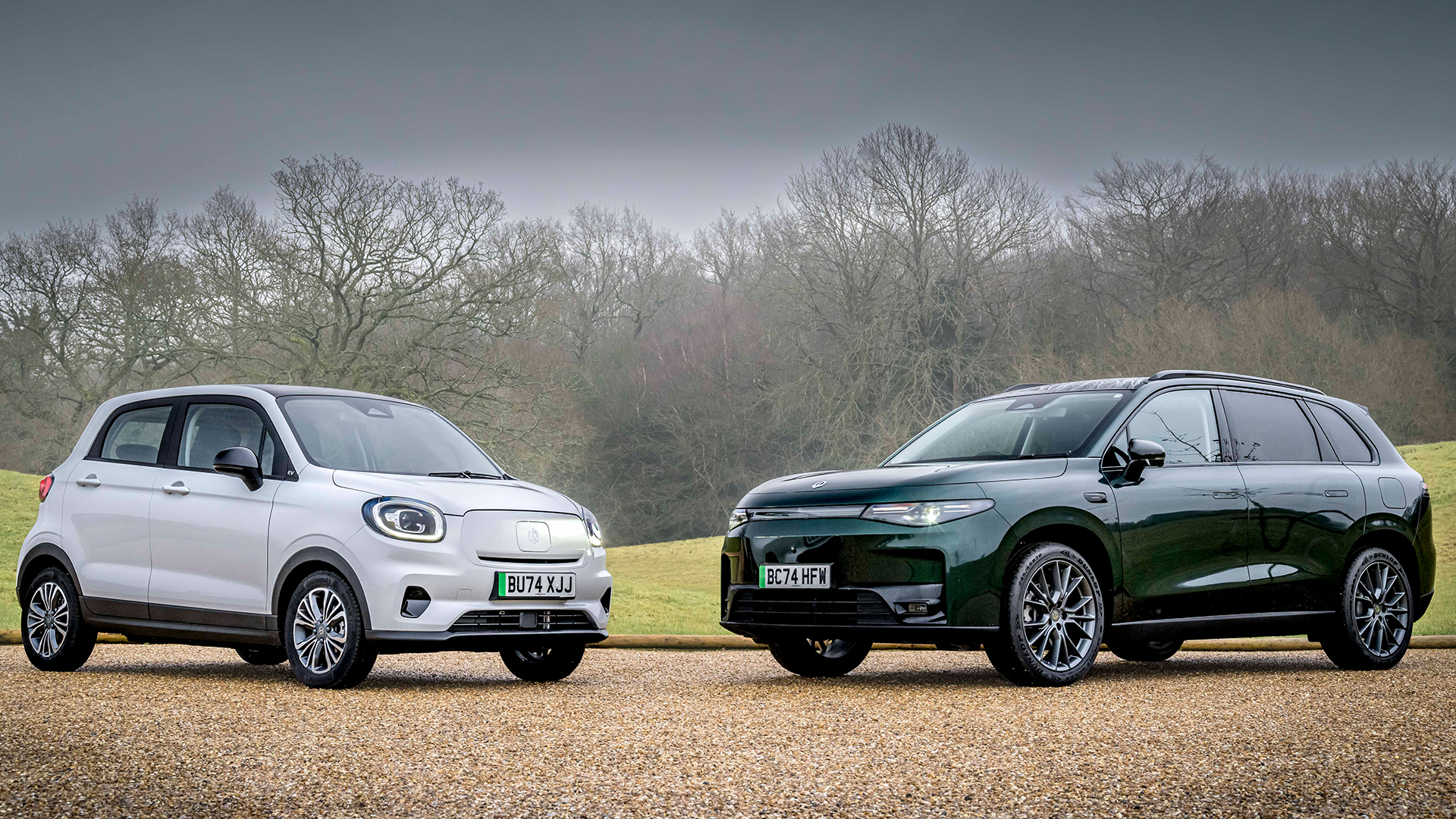
Don’t panic if you’ve never heard of Leapmotor because nobody has. The Chinese company, which is partly owned by a former defense industry technician and part-owner of one of China’s largest video surveillance equipment manufacturers, was only founded in 2015.
Still, just eight years later, it formed an alliance with Stellantis, the behemoth of an automotive business that owns Peugeot, Alfa Romeo, Chrysler, and many more.
Just 24 months after that, it is knocking on Europe’s and Asia Pacific’s doors with a brace of cheap electric vehicles that are here to do one thing: undercut everyone else.
The big cheeses at Stellantis would prefer you to refer to them as “good value,” but the T03 and C10 essentially bookend a bargain basement range that is due to be padded out in the coming years with yet more SUVs of varying sizes.
The diminutive T03 is around the same size as a Fiat 500 but costs the same as a mid-range Dacia Spring in the UK - making it one of the most affordable EVs on sale.
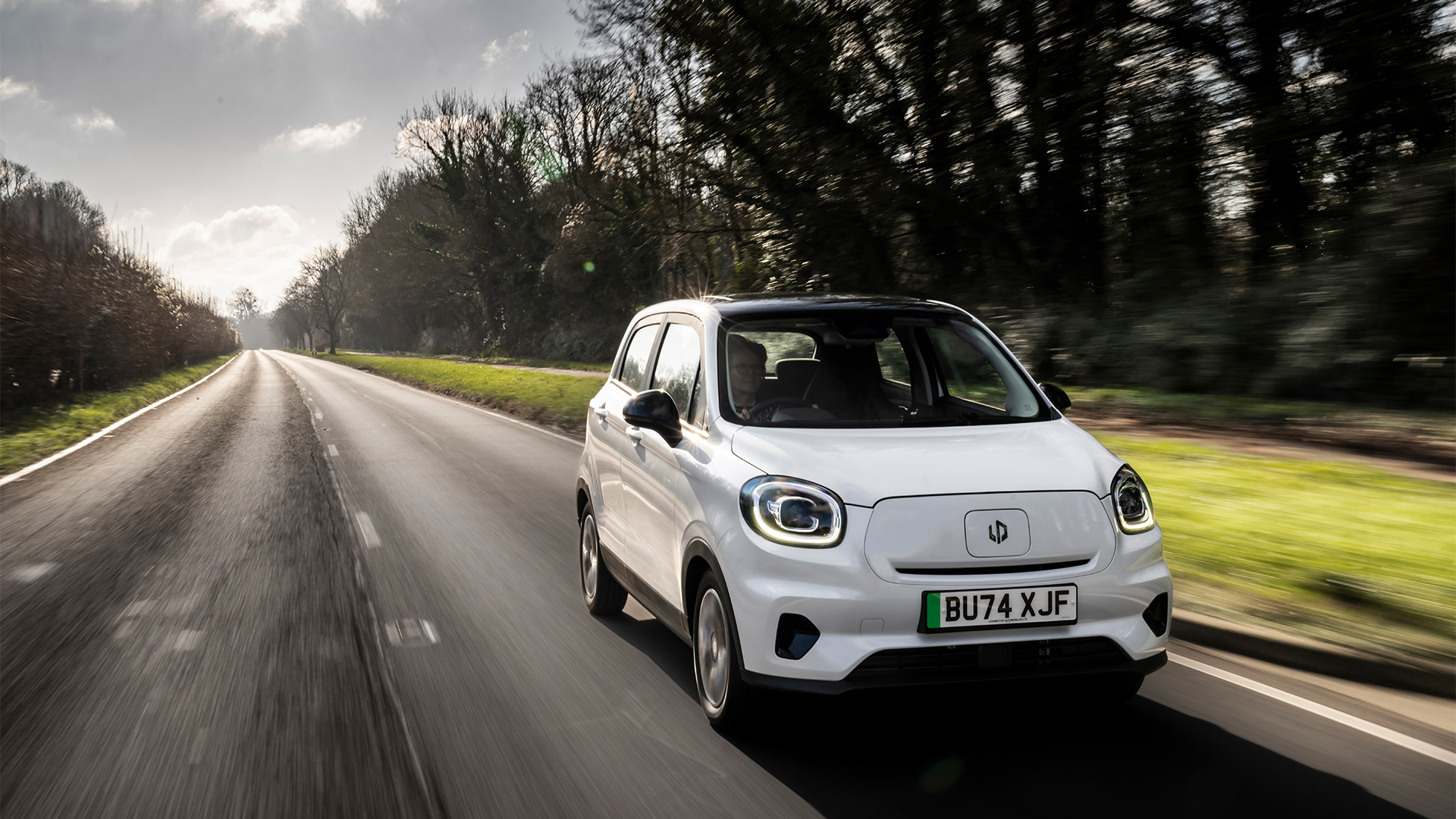
At the other end of the spectrum is the much larger C10 SUV, which is destined to take on things like the Nissan Ariya, Kia’s EV6, and the Skoda Enyaq but, as you’ve probably guessed by now, cost a fraction of the price.
Keeping things ridiculously simple, Leapmotor offers both cars in just one trim level (the only option you have is paint), with prices pegged at £15,995 (around $20,000/AU$32,00) for the plucky little T03 and £36,500 ($46,00/AU$72,00) for the larger C10.
Get daily insight, inspiration and deals in your inbox
Sign up for breaking news, reviews, opinion, top tech deals, and more.
But before any potential customers get up in arms about cheap Chinese vehicles and the pitfalls of poor build quality and reliability issues, Stellantis is keen to point out the newcomer has its backing.
Regardless, Leapmotor probably won’t care about your concerns, because it is so damned busy overseeing its product offensive. But, is that product any good?
Good things, small packages
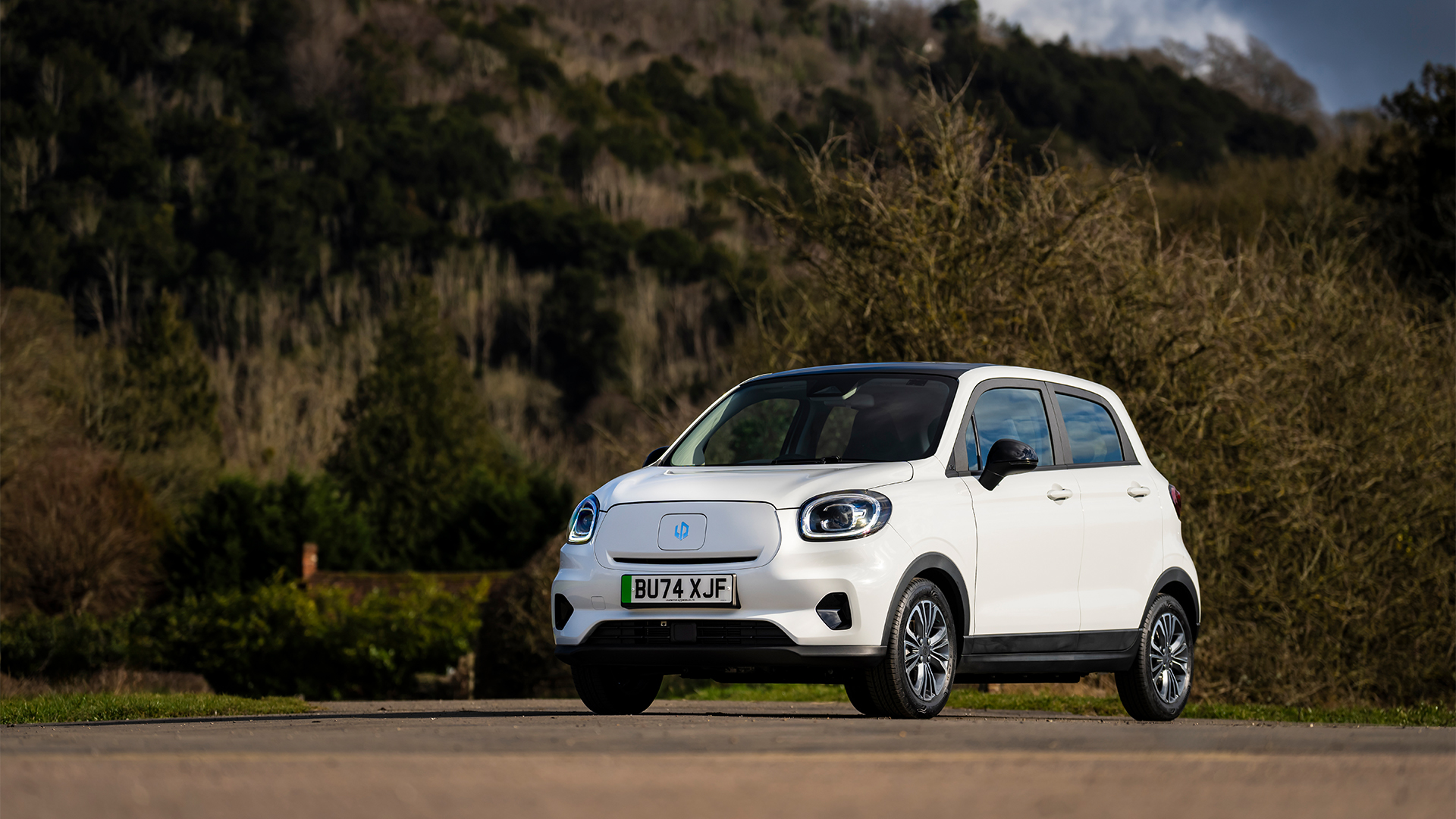
Let’s start with the T03 because it’s arguably the most curious of the two vehicles. Despite the general public calling for smaller and cheaper EVs, plenty of manufacturers have had a go at the cut-price compact market and ultimately failed.
Too expensive, poor range, and slow charging times were the reasons folks didn’t take them, but Leapmotor believes its offering has solved all that.
Aside from the Dacia Spring, which remains arguably the cheapest EV on sale in Europe, there’s very little else with a battery at this price. But, because Leapmotor wants to be known as the brand that adds value, it has gone above and beyond with the kit.
For starters, it has a 37kWh battery mated to a 95hp battery, while its combined range of 165 miles outperforms the Dacia Spring on all of the typical EV metrics.
It also beats the Spring when it comes to charging, able to chug electrons at 48kW, which is slow but not too shabby for a car that’s designed to trundle around town.
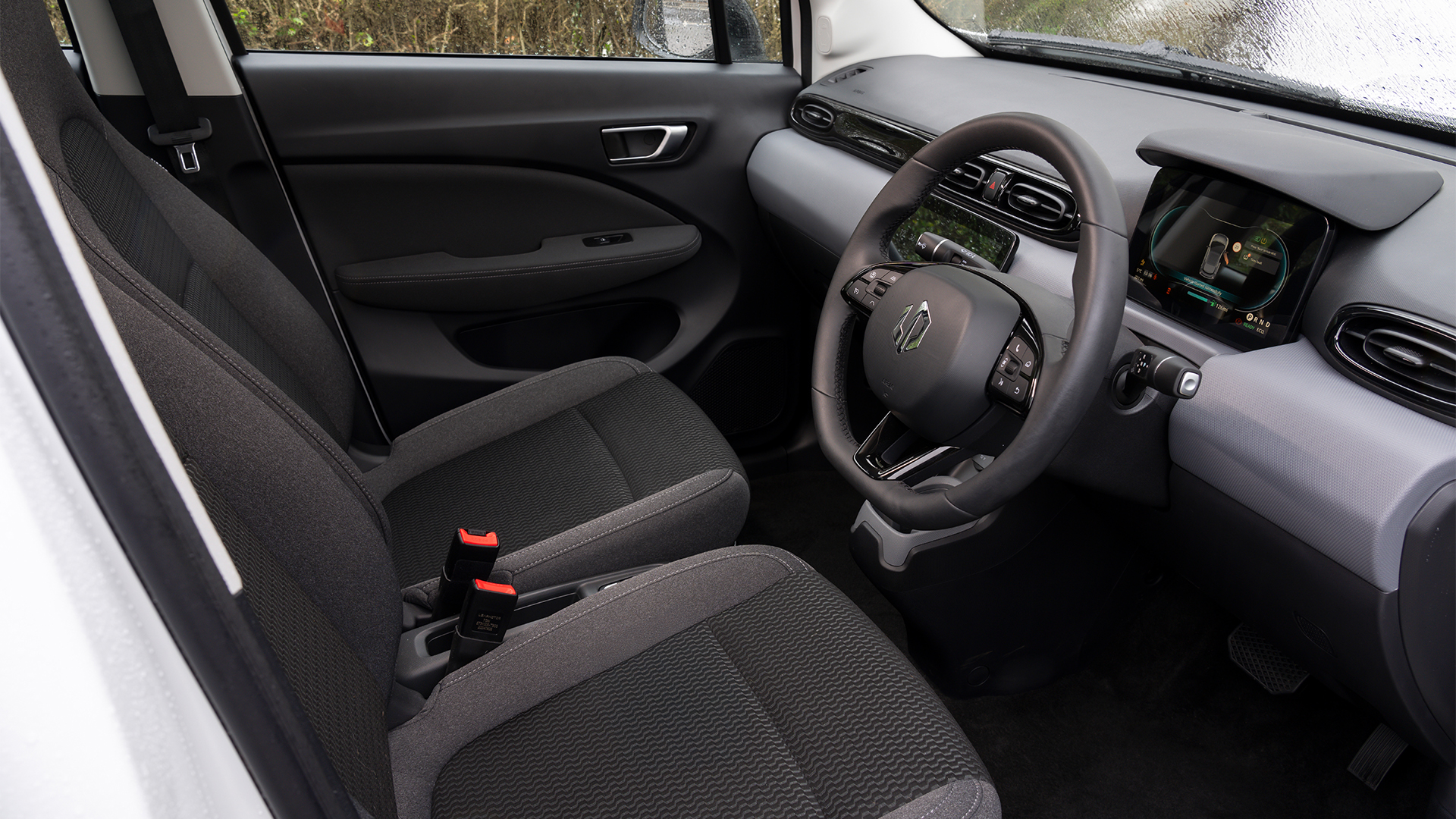
And then there’s the interior, which is decidedly 'greige' but comes with an eight-inch digital instrument cluster, a 10-inch infotainment system, a rear-view camera, and a host of handy but hugely irritating driver assist systems.
At the UK launch event, Leapmotor presented a similarly-priced Dacia Spring and allowed journalists to analyze the generous value offered via a side-by-side comparison. Yep, the T03 most certainly provides more, and it is built better.
In fact, Leapmotor’s recently installed marketing director, Damien Dally, even went so far as to quote an Oxford English Dictionary definition of ‘value’ as “the quality of being useful or important,” stating that good value is only beneficial if the customer is getting something useful.
This is where the T03 trips over for me because even though you are getting lots of stuff, a lot of it is, well, a bit rubbish.
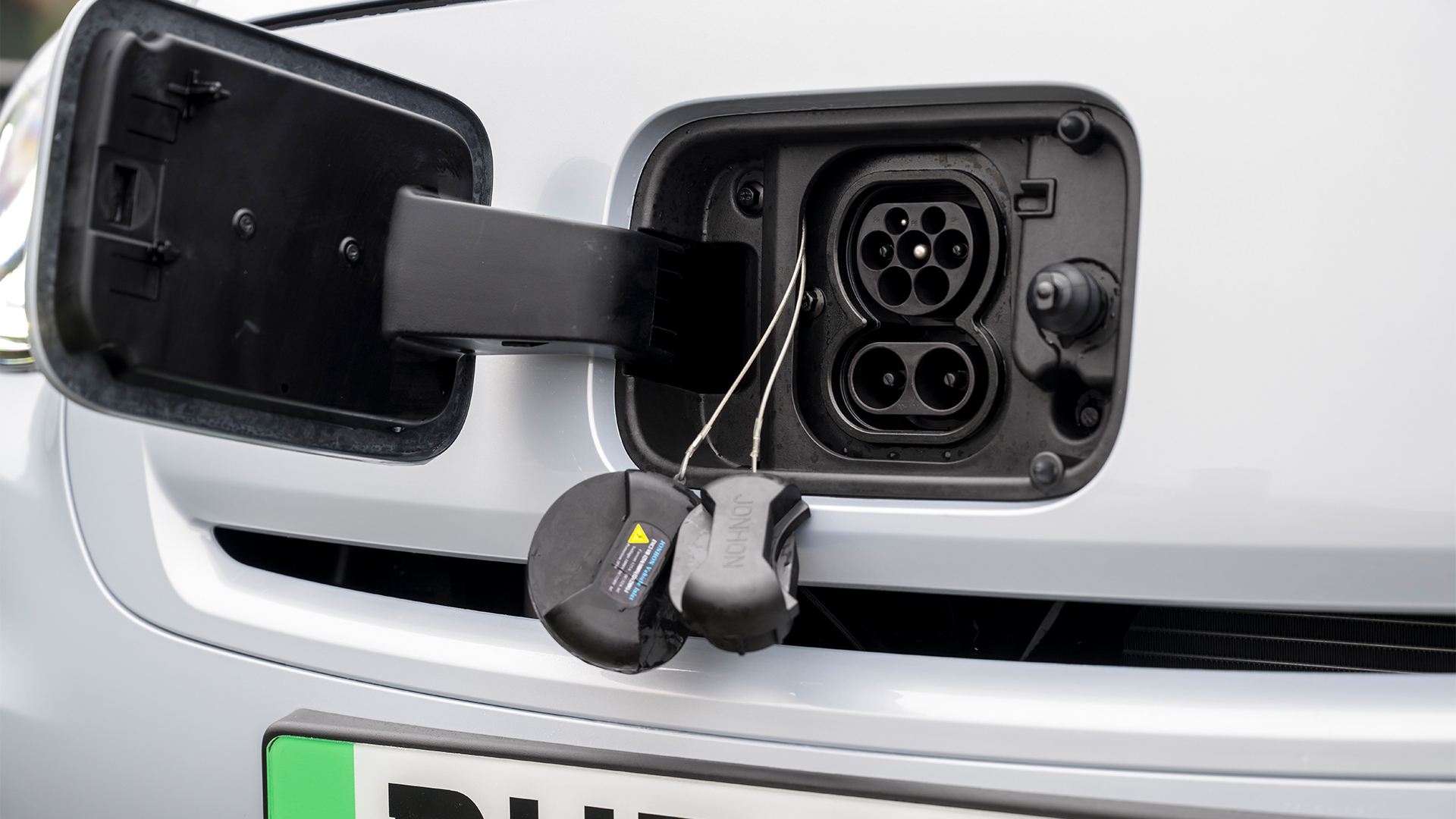
The infotainment system is basic, the driver assistance systems are intrusive and difficult to turn off, and the 15-inch alloy wheels don’t really add anything to the exterior design, which looks like an AI-generated lovechild of a Fiat Panda and an old Smart ForTwo.
Despite an admirable effort in overall cabin refinement (hey, at least the doors don’t sound like a tin can when you close them), the drive is simple, if a little too easy to forget.
The steering is light and lacks any sort of feel, there’s an awful synthetic whining noise at speeds below 20mph, and the advanced drivers' assistance systems require turning off straight away… but you have to be parked to do that.
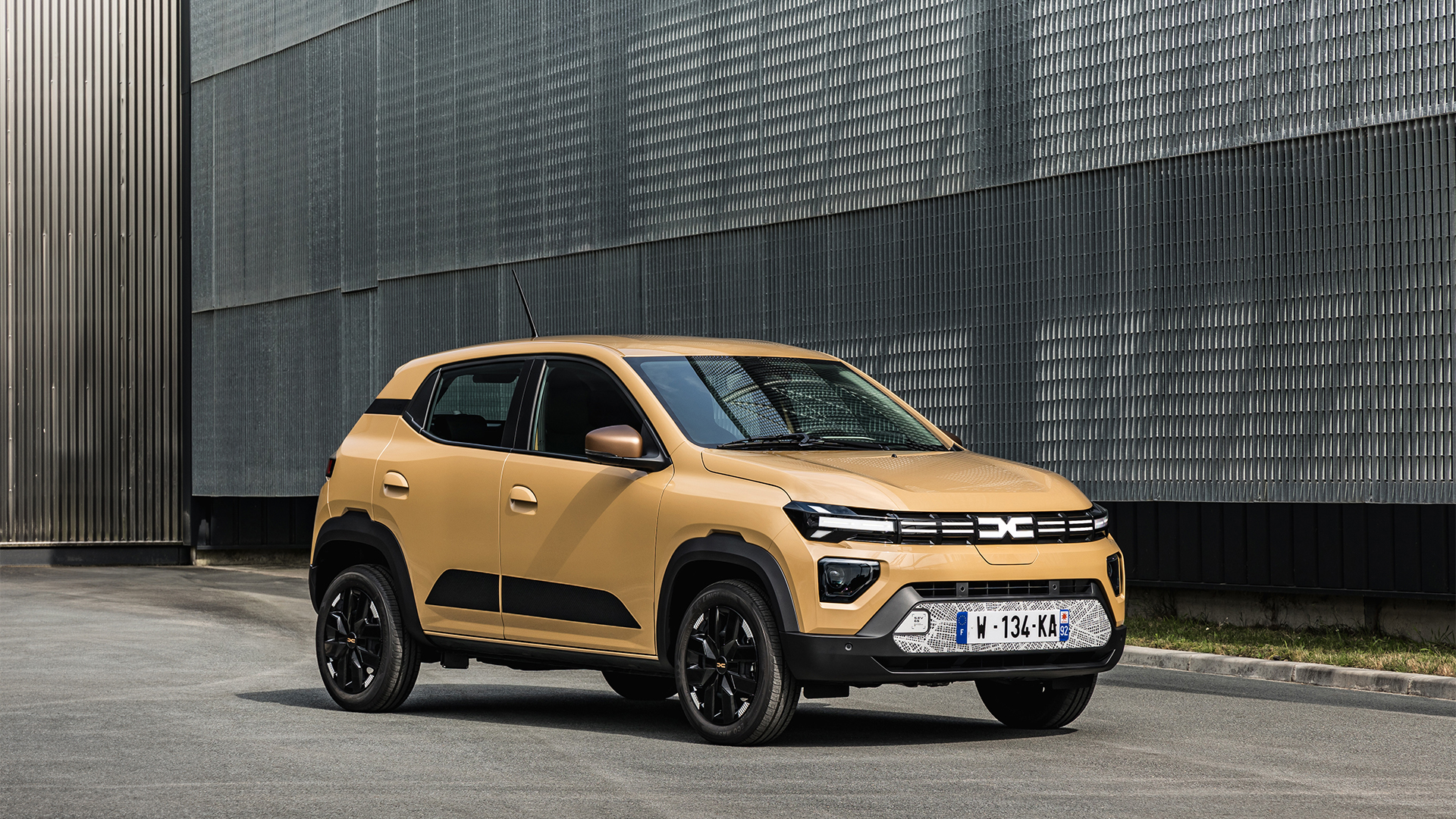
Oh, and there’s not even the option of Apple CarPlay and Android Auto at the moment, so you are stuck with the slightly basic built-in nav and Bluetooth for your tunes.
I can hear the cries from the back: “Chill out grandad, it’s a budget car, none of that stuff matters”. To some. it won’t, and the T03 will slot into their lives seamlessly.
But the Dacia Spring, despite its misgivings, has bags more character for a similar price… and it is available with an Android Auto and Apple CarPlay capable infotainment system.
Bigger is not always better
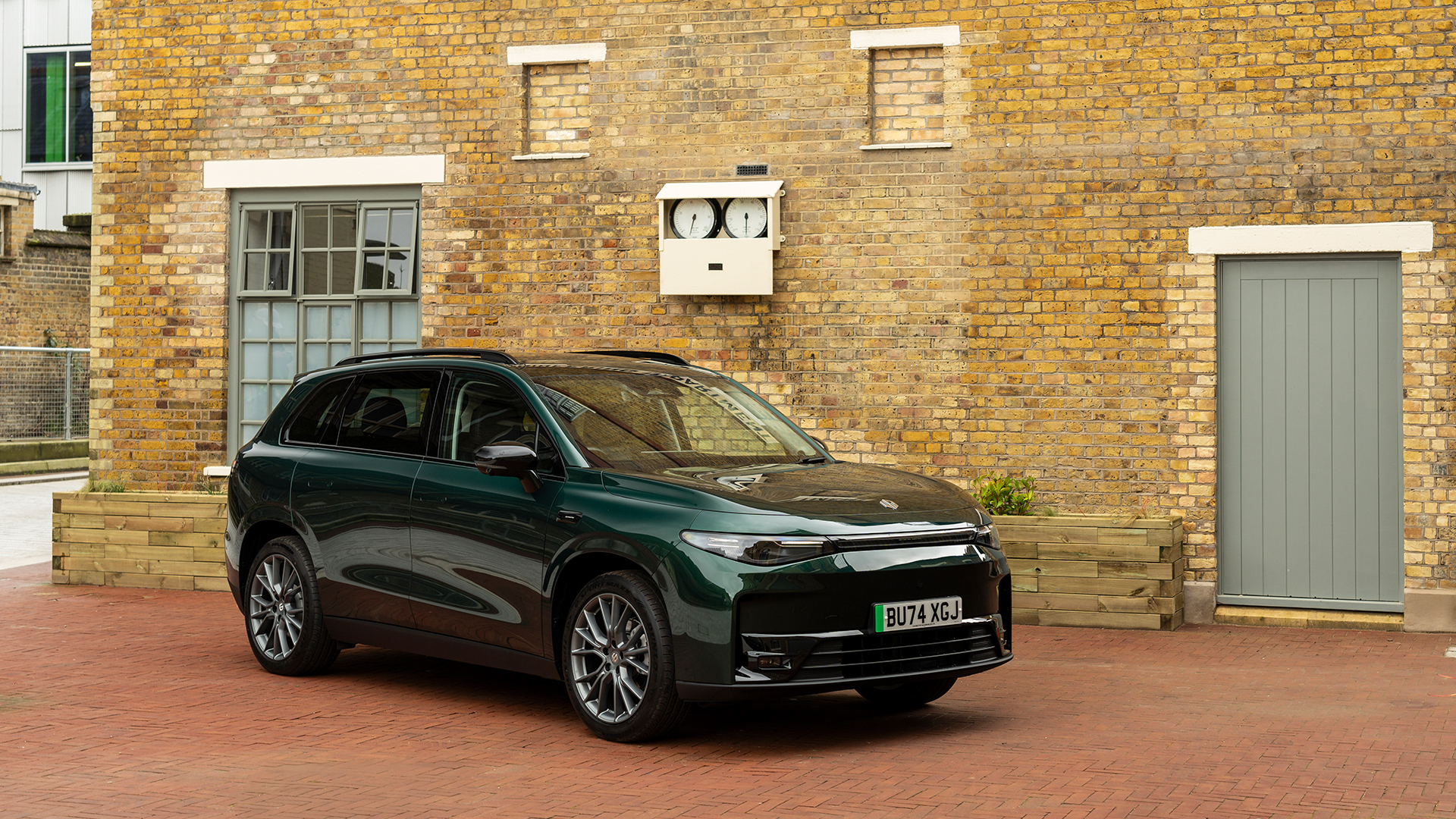
Continuing this theme of ‘more for yer money’, the large and airy C10 competes in the D SUV segment, but its priced at the same level as smaller, C-segment cars.
Like the T03, there’s just one trim level, with prices starting at £36,500 (around $46,000/AU$72,500), although customers can select a fancy paint option for slightly more.
NFC keycard and keyless entry, a wireless smartphone charger, dual-zone auto climate control, an around-view monitor, a punchy sound system, a 14.6-inch touchscreen infotainment system, and vehicle-to-load capabilities are just a few choice highlights. If you like tech but hate spending money, this is most definitely the car for you.
The bottom line is that there’s currently not an EV on sale that offers 263-miles of range from a 70kWh battery, 218bhp from a single rear-axle motor, cavernous space inside for five, and the full suite of tech, safety, and convenience features for this sort of money.
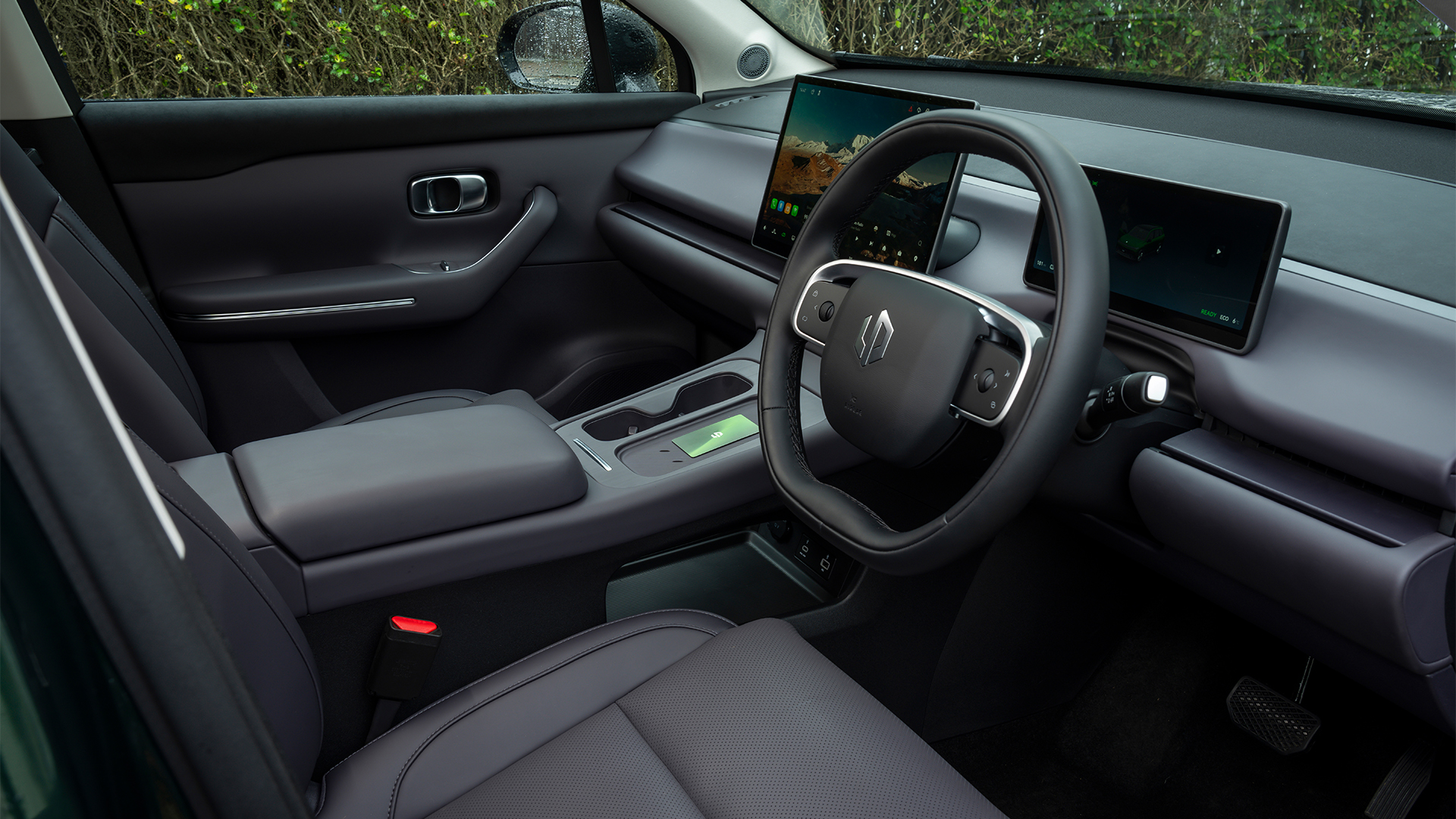
This fact alone will be enough for some buyers to, ahem, ‘take the leap’ and place trust in an otherwise unknown entity. But it’s not all sunshine and roses.
While the C10 is definitely the more accomplished vehicle of the two, the ride is still harsh on the UK’s pitted roads, the steering is vague, and those assistance systems are just as irksome.
Charging is also capped at 84kW, meaning owners will have to get used to hanging around at service stations for at least 30 minutes before commencing longer journeys.
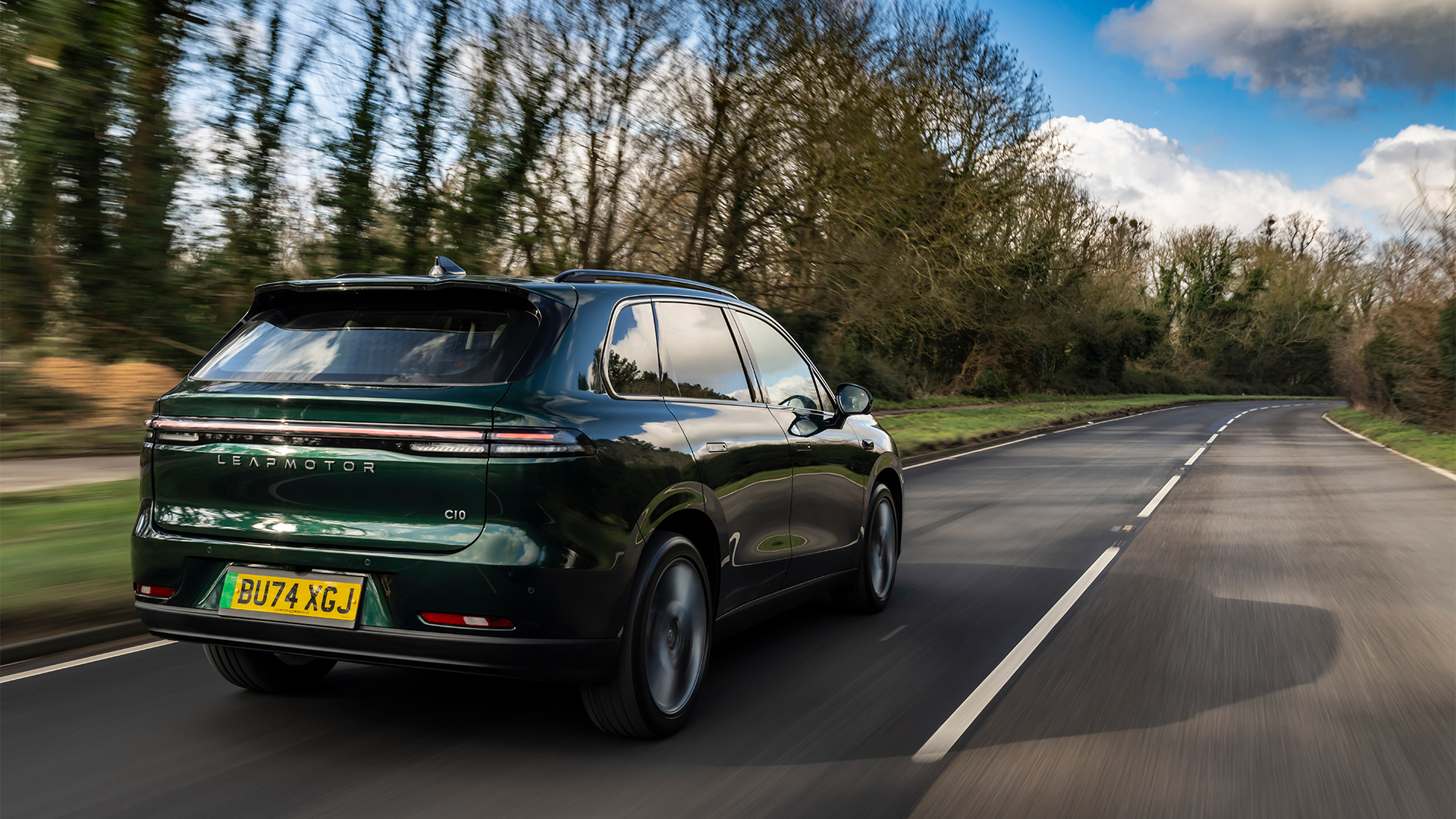
User experience is also not a forte. The steering wheel-mounted controls look like they were pinched from a Tesla but don't work as well, and the infotainment system is effectively an unbranded tablet with a smattering of apps and fairly basic navigation pre-installed.
Again, there’s currently no option for Apple CarPlay or Android Auto (we are told this will come), but randomly, Spotify could be used natively on our test cars.
It is undeniable that Leapmotor includes a generous amount of kit and technology, but it is not particularly refined. The voice assistant couldn’t handle basic commands (heat the cabin, for example), and, as is the case with so many new cars, pretty much every setting was buried in a fiddly touchscreen menu. This includes basic stuff like wing mirror adjustment.
Without wanting to sound like a broken record, it is this, plus a lack of character or any distinctive features that numbed me. It's like the interior had been wiped of any branding or design flourishes to guarantee anonymity.
A marathon, not a sprint
Chinese electric vehicle manufacturers are moving at lightning pace to gain a foothold outside of their domestic market and, as many have been crying out for (including this very website), delivering more affordable models that will help speed up mass adoption of EVs.
However, Leapmotor’s early efforts feel rushed, they lack character and the key USP seems to be undercutting everyone else on price. For some buyers, this - alongside the backing of the Stellantis group - will be enough.
What’s more, over-the-air software and hardware upgrades will likely iron out some of the kinks mentioned here and Leapmotor has plenty of time to find its design mojo. After all, Kia and Hyundai didn’t become world-beaters overnight.
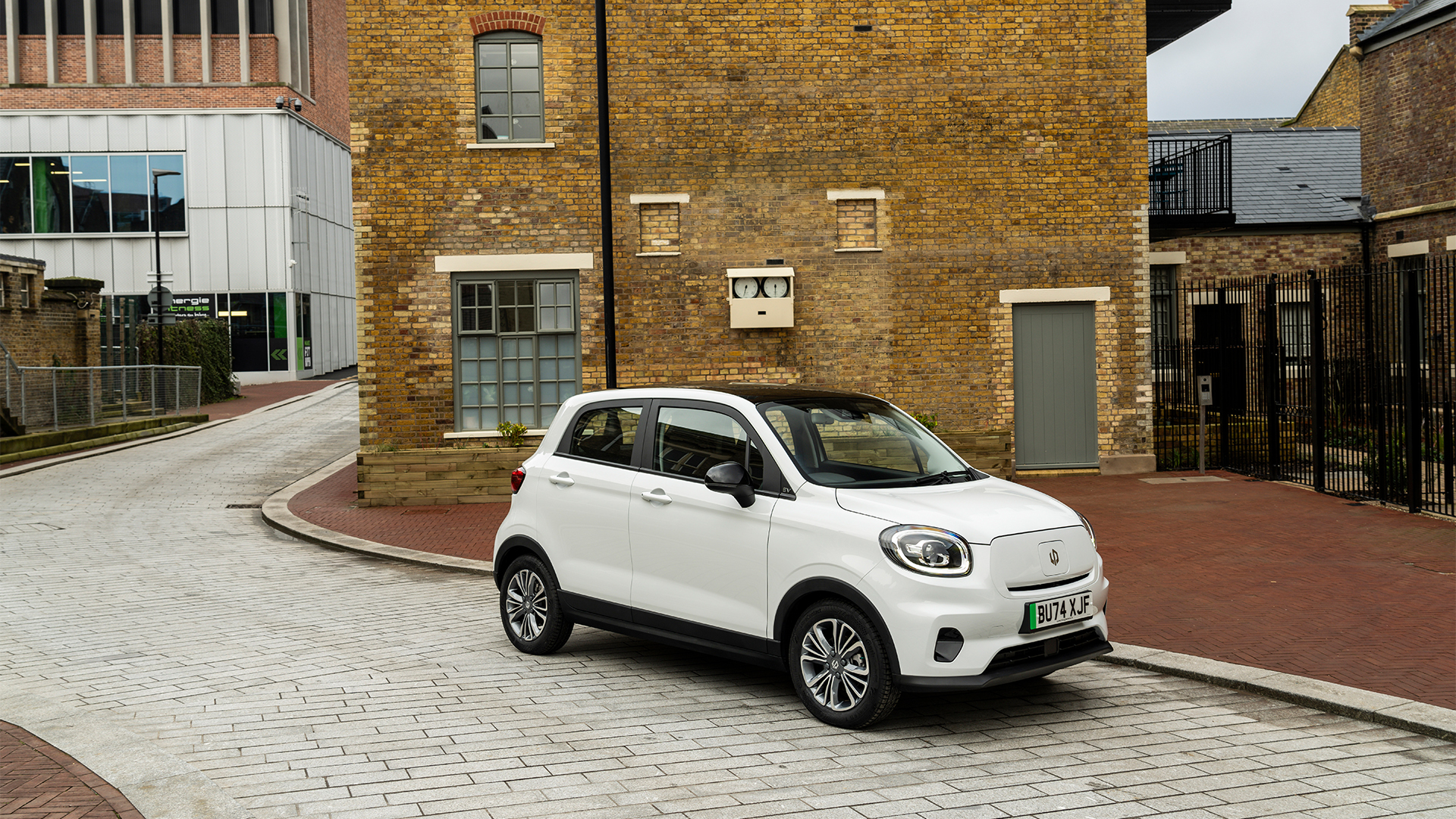
But for me, cars can be cheap and still possess a sort of scrappy cheekiness that makes owners fall in love with them. Neither the T03 nor the C10 have this, and by attempting to be more premium, it’s almost made things worse, more sanitized.
Despite the many struggles ‘legacy’ automakers face, it feels like they still have an edge on design and execution. Personality - and leveraging a storied past - will play a big part in ensuring their survival.
But act fast because the Chinese do not hang about.
You might also like

Leon has been navigating a world where automotive and tech collide for almost 20 years, reporting on everything from in-car entertainment to robotised manufacturing plants. Currently, EVs are the focus of his attentions, but give it a few years and it will be electric vertical take-off and landing craft. Outside of work hours, he can be found tinkering with distinctly analogue motorcycles, because electric motors are no replacement for an old Honda inline four.
You must confirm your public display name before commenting
Please logout and then login again, you will then be prompted to enter your display name.